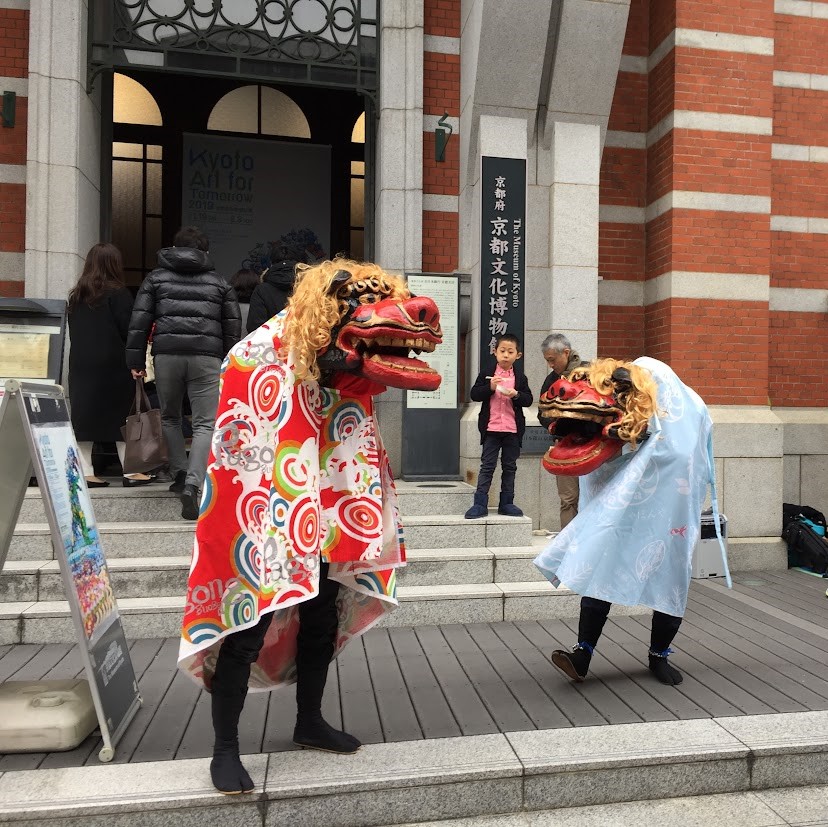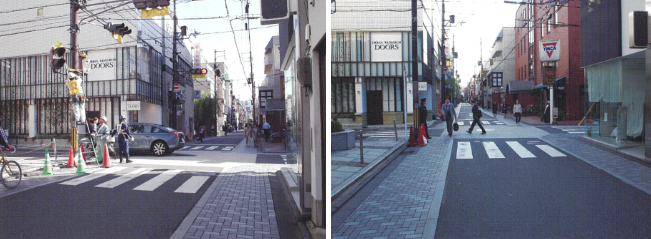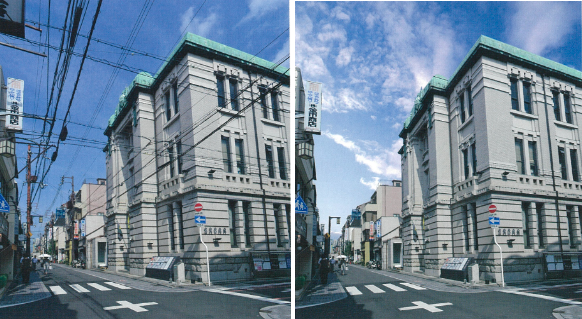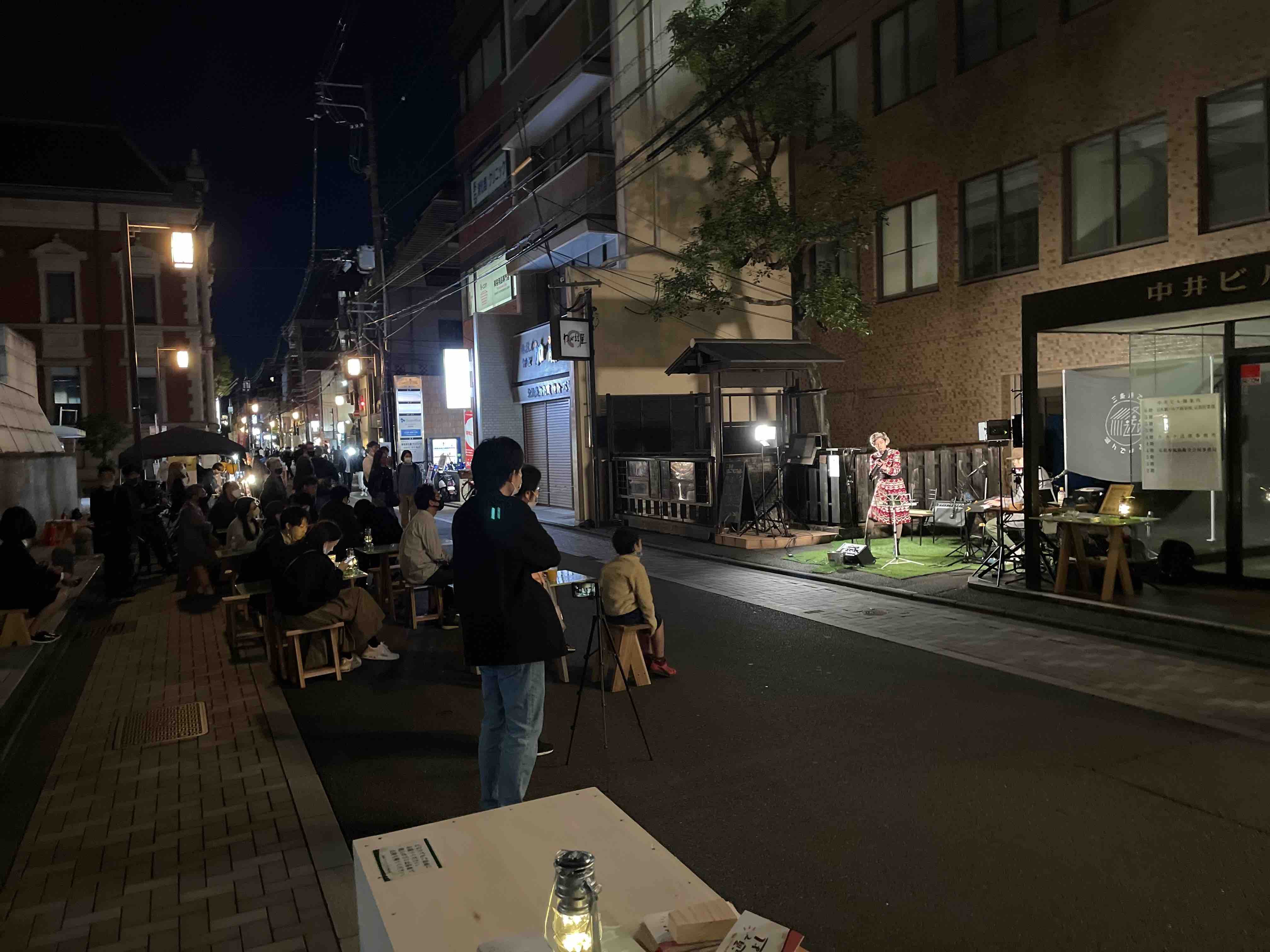
Rice pounding to celebrate the spring
Since 2008, a Setsubun rice cake pounding (Mochitsuki) event titled "Sanjo Takakura Spring Calling Setsubun Mochitsuki Event" has been held on the wooden deck of The Museum of Kyoto
The event is held in the hope of creating an attractive community and promoting intperiodction between people who work and live on Sanjo Dori and those who visit there.
It also reflects our desire to pass on the Japanese culture of "Mochitsuki" to the children of the community.
In this Mochitsuki event, 20 kg of glutinous rice is prepared, steamed in a steamer basket, and pounded with a stone mortar.
The rice cakes are rolled into small pieces and served to local residents and visitors to Sanjo Dori with red bean paste, soybean flour, sugar, soy sauce, and other ingredients.
Just one stone mortar of rice is enough to make us wobbly; 20 kg of rice is more than ten of them, which is too much for the council members to handle alone. So, we appreciate that students from Kyoto Intercollegiate Festa always come to help.
With the help of young power, we have a lively rice cake pounding event with the community.
In the process, visitors from overseas jumped in and tried their hand, passersby gave guidance, and children also had a chance to try it. The local community, students, tourists, and children all had a great time together.
To enhance the Mochitsuki Festival, there will be a Shishimai (lion dance) performance by members of the KYO-SHISHIMAI Project and children can try their hand at playing traditional games with spinning tops and kendama.
We hope that this Mochitsuki Festival will become a place for local residents to intperiodct with each other and to spread the word about the community development goals of the Kyo No Sanjo Machizukuri Council.








.jpg?quality=30)

